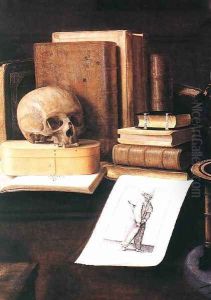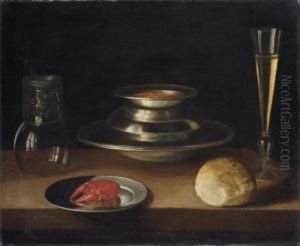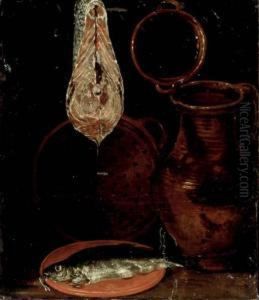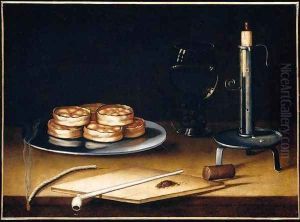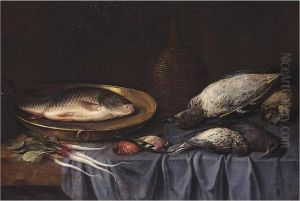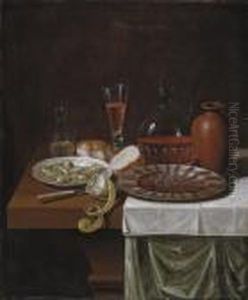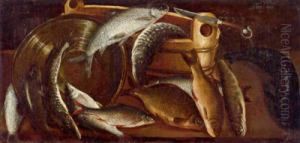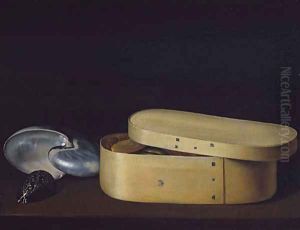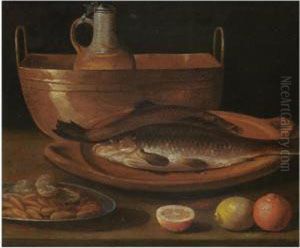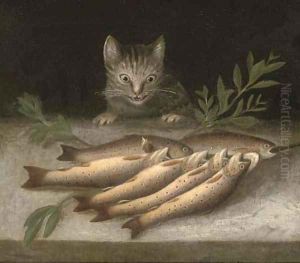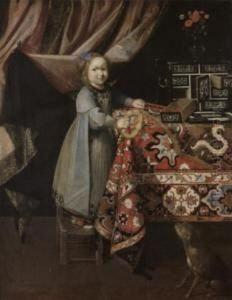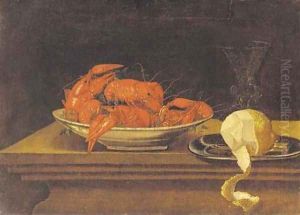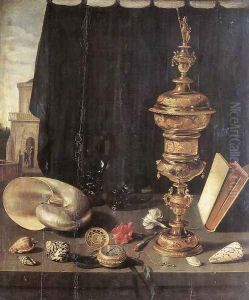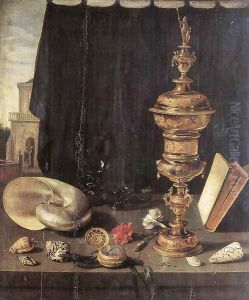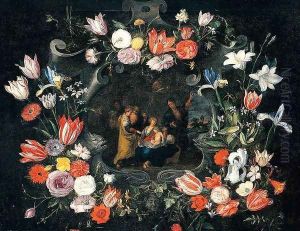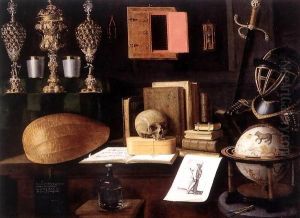





The Great Vanity Still-Life
-
About Reproduction
Discover the allure of art with our faithful reproduction of "The Great Vanity Still-Life", originally brought to life by the talented Sebastien Stoskopff. Unlike posters or prints, our hand-painted oil painting breathes an unique sense of depth and texture into your space. Every detail, every stroke, and every texture is meticulously recreated, paying the perfect homage to Sebastien Stoskopff and his artistic vision.
Owning this piece is more than just decoration - it's a statement of your refined taste in art. Let the vibrant colors and intricate details of this replica serve as a daily reminder of the beauty in our world. Elevate your decor and appreciate the richness of art with our replica of this masterpiece.
-
Painting Description
"The Great Vanity Still-Life" is a notable work by the Alsatian painter Sebastien Stoskopff (1597–1657), who was a prominent still-life painter during the Baroque period. This painting is a quintessential example of a vanitas, a genre of still-life that flourished in the Netherlands in the early 17th century. Vanitas paintings are imbued with symbolic objects designed to remind the viewer of the transience of life, the futility of pleasure, and the certainty of death, encouraging a focus on the spiritual life and the inevitability of the passage of time.
Stoskopff's "The Great Vanity Still-Life" is characterized by its meticulous attention to detail and its rich symbolism. The painting typically features a variety of objects, each carefully chosen for its metaphorical significance. Common elements in vanitas paintings include skulls, which symbolize mortality; soap bubbles, representing the brevity of life and suddenness of death; and extinguished candles, which convey the end of life. Other objects such as books, musical instruments, and luxury items like jewelry or fine glassware often appear, symbolizing human knowledge, creativity, and earthly pleasures, respectively, all of which are ultimately deemed meaningless in the face of death.
The exact date of creation for "The Great Vanity Still-Life" is not well-documented, but Stoskopff's still-life works are generally attributed to the period when he was most active, between 1620 and 1640. Stoskopff's style is noted for its clarity and precision, with a subdued palette that emphasizes the somber message of the vanitas. His work is often compared to that of his contemporaries, such as the Leiden fijnschilders (fine painters) and other Dutch and Flemish artists who specialized in the genre.
"The Great Vanity Still-Life" is not only an example of Stoskopff's technical skill but also serves as a reflection of the cultural and philosophical preoccupations of the time, particularly the contemplation of human mortality and the moralizing view of earthly life. The painting invites viewers to meditate on the meaning of existence and the importance of spiritual values over material possessions.
As with many Old Master paintings, the provenance of "The Great Vanity Still-Life" may have been traced through various collections over the centuries, contributing to the historical understanding of the artwork's significance and influence. Today, Stoskopff's work is recognized for its contribution to the still-life genre and is studied for its iconographic complexity and aesthetic qualities.
-
Lead Time & Shipping
When you order this oil painting replica, it typically takes 2-3 weeks to paint. If the artwork is more complex, it might need a little more time to ensure the best quality. Once it's ready, we'll send you a photo for your approval. After you give the green light, we'll ship it to you for free.
-
Return & Refund
We believe in the quality of our hand-painted oil painting reproductions, and your satisfaction is our priority. If for any reason, you are not completely satisfied with your purchase, we offer a 45-day return policy. You can return your artwork within 45 days of receipt and receive a full refund. Please note that the artwork must be returned in the original packaging and in the same condition as it was received.





